Home>Furniture & Design>Outdoor Furniture>How Many Acres For Outdoor Shooting Range
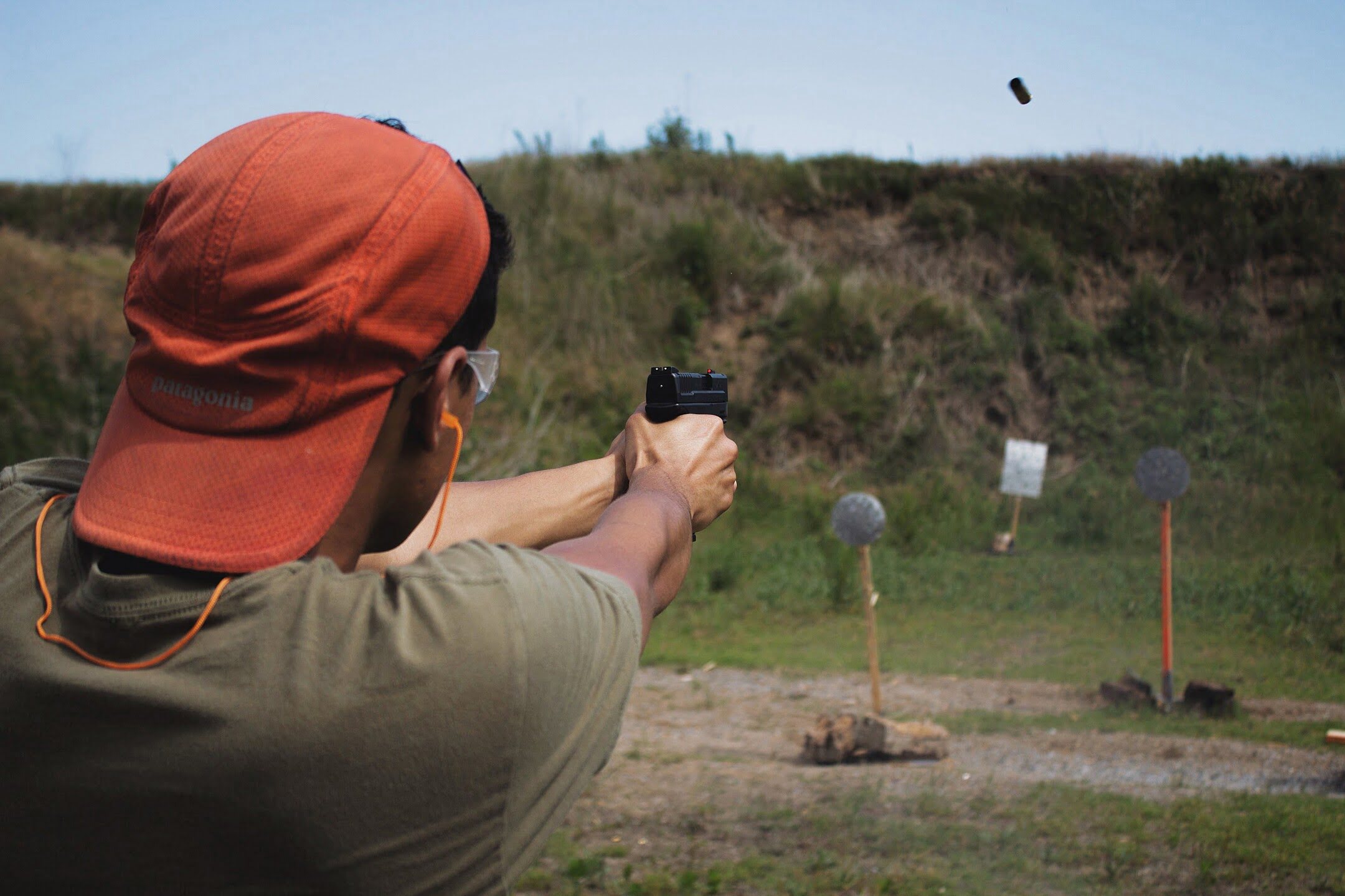

Outdoor Furniture
How Many Acres For Outdoor Shooting Range
Published: January 13, 2024
Looking for the perfect outdoor furniture and design for your shooting range? Find out how many acres you'll need for the ultimate outdoor shooting experience. Discover the best outdoor furniture and design solutions for your shooting range today.
(Many of the links in this article redirect to a specific reviewed product. Your purchase of these products through affiliate links helps to generate commission for Storables.com, at no extra cost. Learn more)
Introduction
Outdoor shooting ranges are popular destinations for enthusiasts of various shooting disciplines, including target shooting, skeet shooting, and rifle practice. These venues provide a safe and controlled environment for marksmanship practice and competitions. However, establishing an outdoor shooting range involves careful consideration of several factors, including legal requirements, safety regulations, environmental impact, and land size requirements. By understanding these elements, individuals and organizations can ensure the responsible and sustainable development of outdoor shooting ranges that contribute positively to the shooting sports community. In this article, we will explore the essential considerations for establishing an outdoor shooting range, providing valuable insights for prospective range developers and shooting enthusiasts.
Key Takeaways:
- Establishing an outdoor shooting range requires careful consideration of legal, safety, and environmental factors to ensure compliance, safety, and sustainability.
- The size of land required for an outdoor shooting range varies based on shooting activities, safety standards, and environmental regulations, demanding thorough assessments and expert consultation.
Read more: How Do I Build An Outdoor Shooting Range
Factors to Consider
When planning the development of an outdoor shooting range, several critical factors must be taken into account to ensure the safety, legality, and environmental responsibility of the facility. These factors include the legal requirements, safety regulations, and environmental impact of the proposed range, as well as the specific land size requirements dictated by the intended shooting activities. By carefully addressing each of these considerations, range developers can establish a facility that adheres to industry best practices, fosters a culture of safety, and minimizes its environmental footprint.
Moreover, understanding the factors that influence the design and operation of outdoor shooting ranges is essential for creating a welcoming and inclusive environment for shooting enthusiasts. By prioritizing safety, accessibility, and environmental stewardship, range developers can contribute to the sustainable growth of the shooting sports community while ensuring that their facilities comply with local regulations and industry standards.
Legal Requirements
Establishing an outdoor shooting range requires compliance with a myriad of legal regulations at the local, state, and federal levels. These regulations are designed to ensure public safety, protect the environment, and mitigate potential disturbances to surrounding communities. Prior to initiating the development of a shooting range, it is crucial to thoroughly research and understand the legal requirements governing such facilities.
Common legal considerations include zoning ordinances, noise abatement regulations, and firearm discharge laws. Zoning ordinances dictate where shooting ranges can be located within a given jurisdiction, often specifying minimum distances from residential areas, schools, and other sensitive locations. Noise abatement regulations aim to limit the impact of shooting-related noise on nearby residents, requiring range developers to implement sound-dampening measures and comply with established noise level thresholds. Additionally, firearm discharge laws outline the permissible activities and safety protocols for shooting ranges, addressing aspects such as shooting hours, ammunition types, and target materials.
Furthermore, compliance with federal regulations, such as those set forth by the Environmental Protection Agency (EPA) and the Occupational Safety and Health Administration (OSHA), is essential to ensure the environmental and occupational safety aspects of the shooting range. By navigating the complex landscape of legal requirements, range developers can lay the groundwork for a shooting facility that operates within the bounds of the law while promoting responsible firearm use and environmental stewardship.
Safety Regulations
Ensuring the safety of individuals using and residing near outdoor shooting ranges is paramount to the responsible operation of such facilities. Safety regulations for shooting ranges encompass a wide array of considerations, ranging from facility design and maintenance to shooter conduct and supervision. Adhering to these regulations is crucial for mitigating the risk of accidents, promoting a culture of safety, and fostering a positive public perception of shooting sports.
Key safety regulations for outdoor shooting ranges often address facility design elements, including backstops, baffles, and shooting lanes. Backstops, typically constructed of earthen berms or specially designed materials, serve as a crucial safety feature by capturing and containing projectiles, preventing errant shots from leaving the range area. Baffles, which are overhead structures or barriers, help to control the trajectory of bullets and minimize the potential for ricochets. Additionally, shooting lanes must be structured to prevent cross-firing and ensure a clear line of sight for each shooter.
Furthermore, safety regulations encompass shooter education and supervision. Range operators are often required to provide safety briefings and orientation sessions for all participants, emphasizing the proper handling of firearms, range rules, and emergency procedures. Qualified range officers or instructors may also be mandated to oversee shooting activities, offering guidance and intervention when necessary to maintain a safe and controlled environment.
By strictly adhering to safety regulations and implementing best practices in range design and operation, shooting range developers can prioritize the well-being of their patrons and the surrounding community. Emphasizing safety not only minimizes the likelihood of accidents but also fosters a welcoming and inclusive atmosphere that encourages responsible firearm use and skill development.
When planning an outdoor shooting range, it’s important to allocate at least 100 acres of land to ensure safety and provide enough space for various shooting activities. This will also help to minimize noise and environmental impact.
Environmental Impact
The establishment and operation of outdoor shooting ranges can have significant environmental implications, necessitating careful consideration of their potential impact on surrounding ecosystems and natural resources. Range developers must assess and address various environmental factors to minimize their facility’s footprint and uphold ecological sustainability.
One of the primary environmental concerns associated with shooting ranges is lead contamination. The use of lead-based ammunition can result in the accumulation of lead residues in the soil, posing risks to wildlife and water sources. To mitigate this impact, range operators often implement lead reclamation and management practices, such as regular soil testing, lead recycling, and the installation of bullet traps designed to capture and contain lead fragments.
Moreover, noise pollution is a prevalent environmental consideration for shooting ranges, as excessive noise levels can disrupt wildlife habitats and disturb nearby residents. Range developers may employ sound mitigation measures, such as earthen berms, sound-absorbing barriers, and restricted shooting hours, to minimize the range’s acoustic impact on the surrounding environment.
Additionally, the construction and maintenance of shooting ranges should prioritize erosion control, native vegetation preservation, and responsible waste management. Implementing erosion control measures, such as retaining walls and vegetative buffers, helps prevent soil runoff and habitat disturbance. Preserving native vegetation and wildlife habitats within and around the range area contributes to biodiversity conservation and ecosystem resilience. Furthermore, proper waste management practices, including the disposal of lead-contaminated materials and hazardous waste, are essential for preventing environmental harm and complying with regulatory standards.
By proactively addressing the environmental impact of outdoor shooting ranges, developers can demonstrate their commitment to environmental stewardship and sustainable land use. Through responsible management practices and eco-conscious initiatives, shooting ranges can coexist harmoniously with the natural environment, minimizing their ecological footprint and contributing positively to local ecosystems.
Read more: How Many Lbs Of Grass Seed Per Acre
Land Size Requirements
The size of land required for an outdoor shooting range is influenced by various factors, including the types of shooting activities to be conducted, safety considerations, and environmental regulations. Different shooting disciplines, such as pistol shooting, rifle shooting, and skeet shooting, demand specific range configurations and spatial accommodations to ensure safe and effective operation.
For instance, pistol and rifle ranges typically necessitate longer shooting distances to accommodate the trajectory of high-velocity projectiles, requiring a larger footprint compared to shotgun ranges. Additionally, the inclusion of multiple shooting bays or stations, each with its designated firing line and impact zone, contributes to the overall land area required for the range.
Safety considerations, such as backstop dimensions and buffer zones, also influence land size requirements. Adequate backstops, designed to safely capture and contain projectiles, often necessitate substantial earthworks and space, particularly for ranges accommodating high-powered firearms. Buffer zones, which serve to mitigate noise and prevent stray projectiles from leaving the range area, further contribute to the spatial demands of the facility.
Environmental regulations and land use zoning can impose additional constraints on the size and location of outdoor shooting ranges. These regulations may dictate minimum distances from residential areas, water bodies, and protected natural areas, influencing the overall land area available for range development.
Considering these factors, the land size requirements for outdoor shooting ranges can vary significantly based on the specific shooting disciplines, safety standards, and regulatory frameworks applicable to the proposed facility. By conducting thorough assessments and consulting with experienced range designers and regulatory authorities, developers can determine the optimal land size for their shooting range, ensuring compliance with industry best practices and legal requirements.
Conclusion
Establishing an outdoor shooting range involves navigating a complex landscape of legal requirements, safety regulations, environmental considerations, and land size requirements. By carefully addressing these factors, range developers can create facilities that prioritize safety, compliance, and environmental stewardship, contributing positively to the shooting sports community and the surrounding environment.
Adhering to legal requirements is essential for ensuring the lawful operation of shooting ranges and minimizing potential conflicts with local regulations. By understanding and complying with zoning ordinances, noise abatement regulations, and firearm discharge laws, range developers can establish facilities that integrate seamlessly into their respective communities while upholding public safety and environmental standards.
Safety regulations play a pivotal role in fostering a culture of responsible firearm use and ensuring the well-being of shooting range patrons and nearby residents. By implementing stringent safety measures, including proper range design, shooter education, and supervision, range operators can create environments that prioritize safety and inclusivity, ultimately enhancing the shooting experience for enthusiasts of all skill levels.
Environmental impact considerations are critical for mitigating the ecological footprint of shooting ranges and safeguarding natural resources. Through lead management practices, noise mitigation strategies, and responsible land use, shooting range developers can minimize their facilities’ environmental impact, promoting sustainability and coexistence with local ecosystems.
Furthermore, understanding the land size requirements dictated by shooting disciplines, safety standards, and regulatory constraints is integral to the successful planning and development of outdoor shooting ranges. By conducting comprehensive assessments and engaging with relevant stakeholders, developers can determine the optimal land size for their ranges, ensuring that the facilities meet the needs of shooting enthusiasts while aligning with legal and environmental parameters.
In conclusion, the establishment of outdoor shooting ranges demands a holistic approach that balances legal compliance, safety, environmental responsibility, and spatial considerations. By embracing these principles, range developers can create facilities that not only provide a venue for marksmanship practice and competitions but also contribute positively to the shooting sports community and the natural environment.
Frequently Asked Questions about How Many Acres For Outdoor Shooting Range
Was this page helpful?
At Storables.com, we guarantee accurate and reliable information. Our content, validated by Expert Board Contributors, is crafted following stringent Editorial Policies. We're committed to providing you with well-researched, expert-backed insights for all your informational needs.


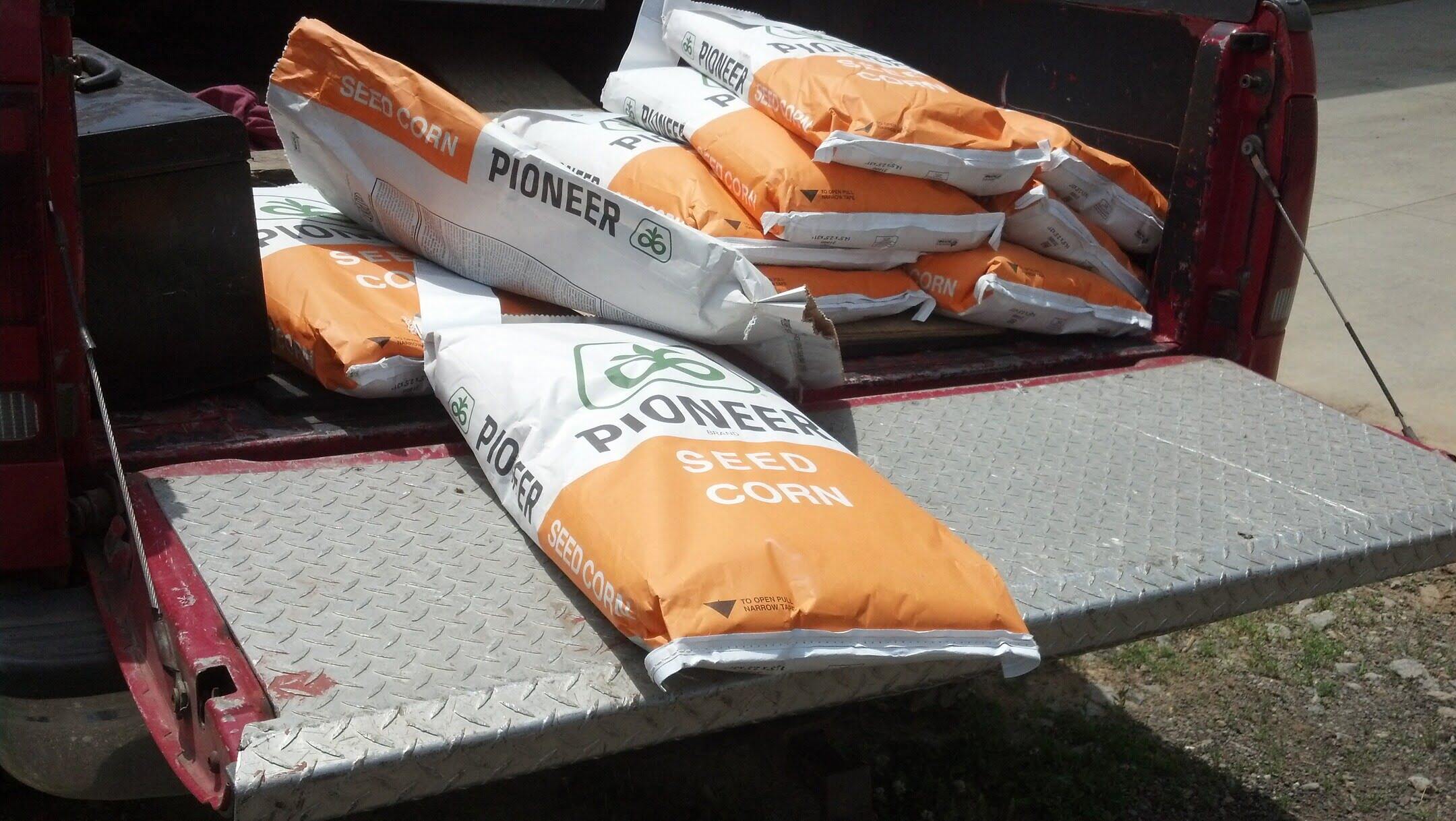

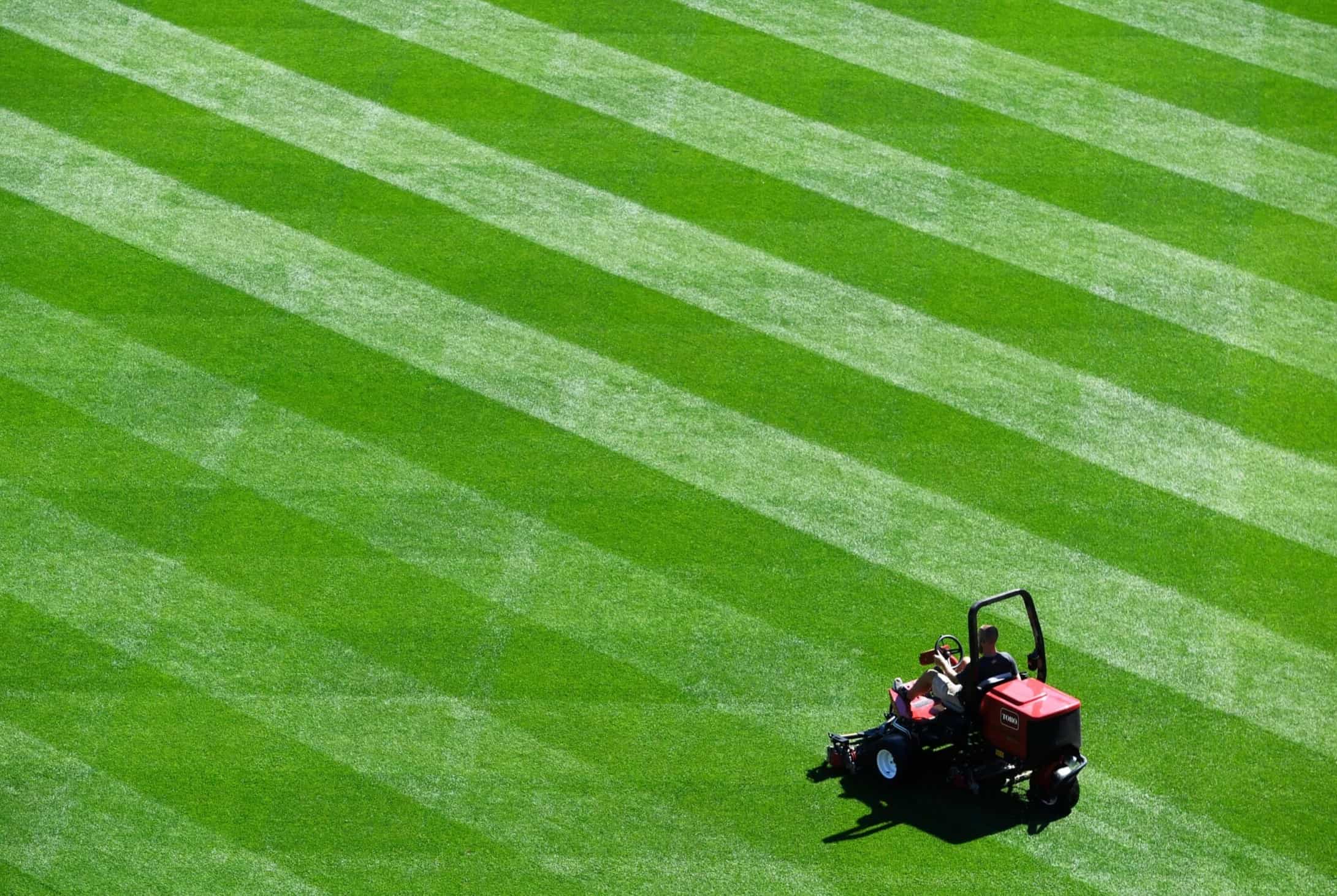





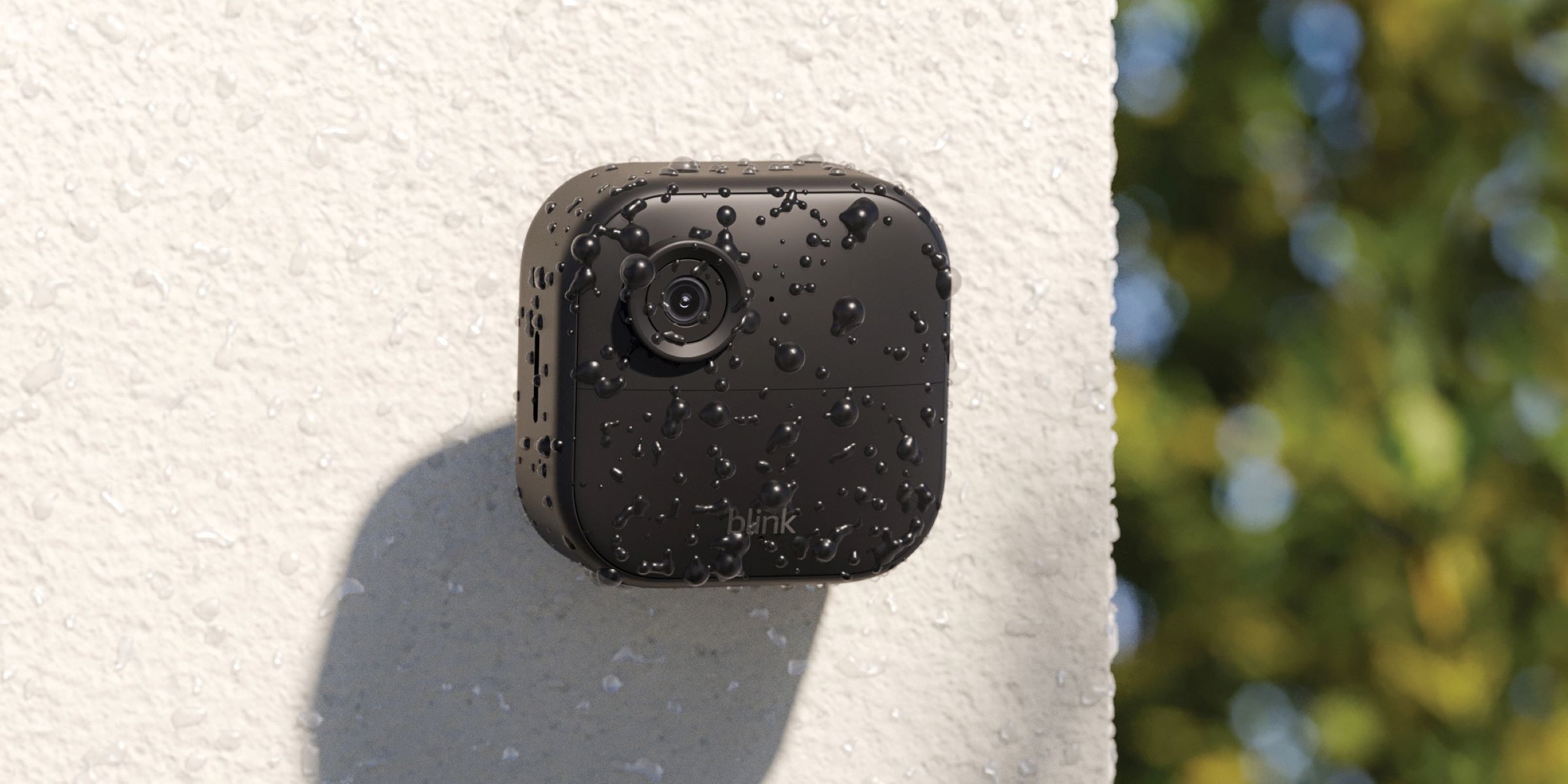
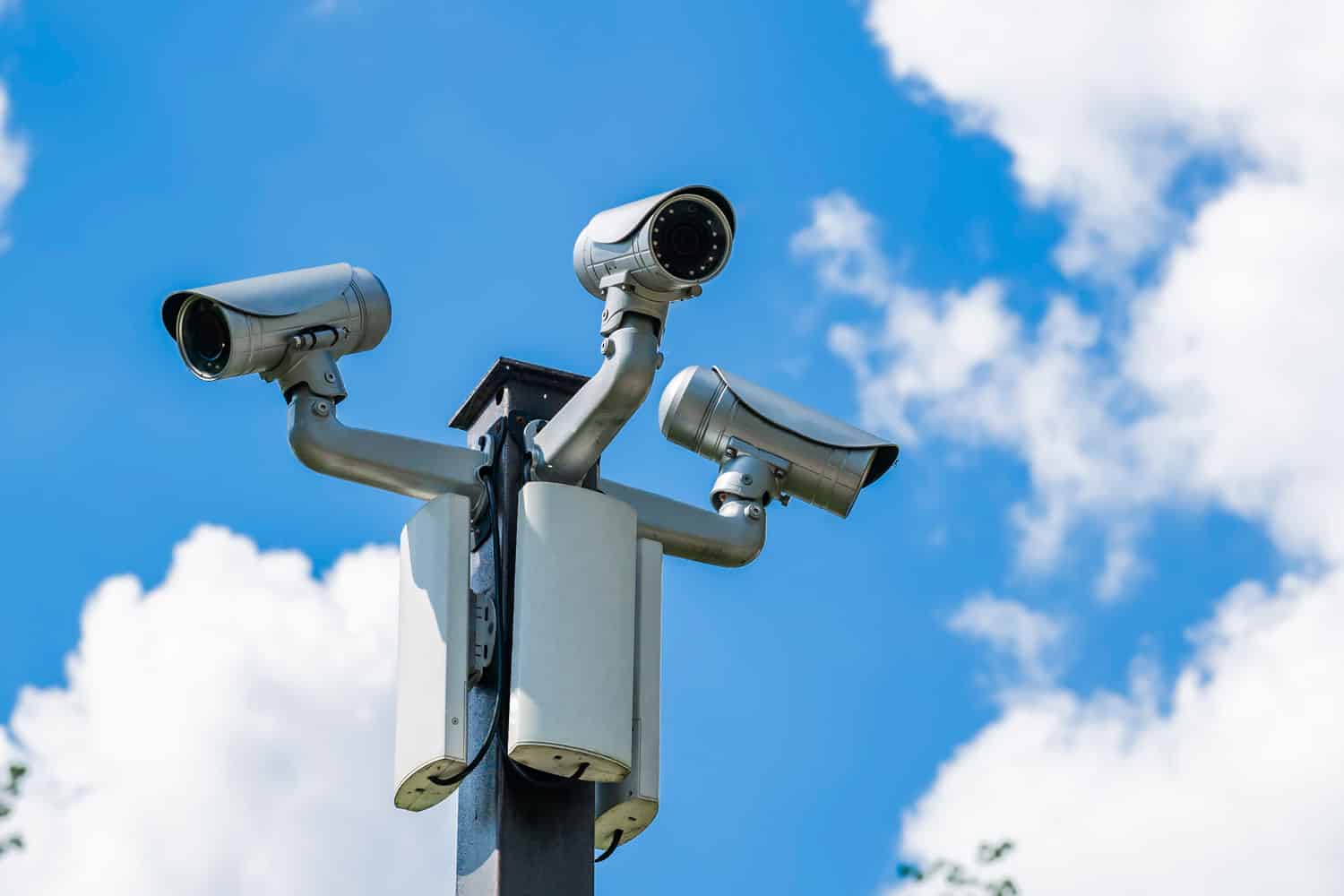
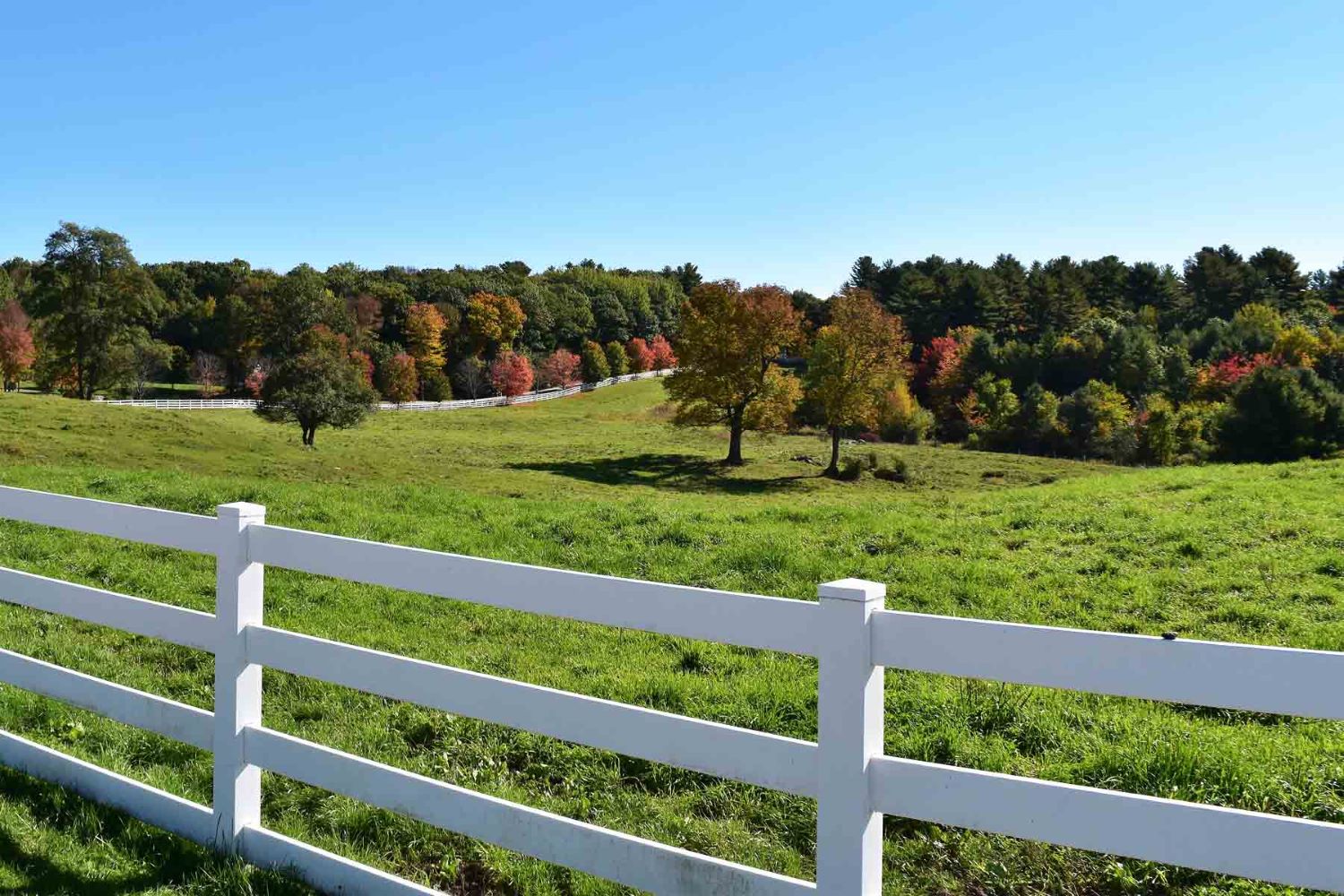


0 thoughts on “How Many Acres For Outdoor Shooting Range”